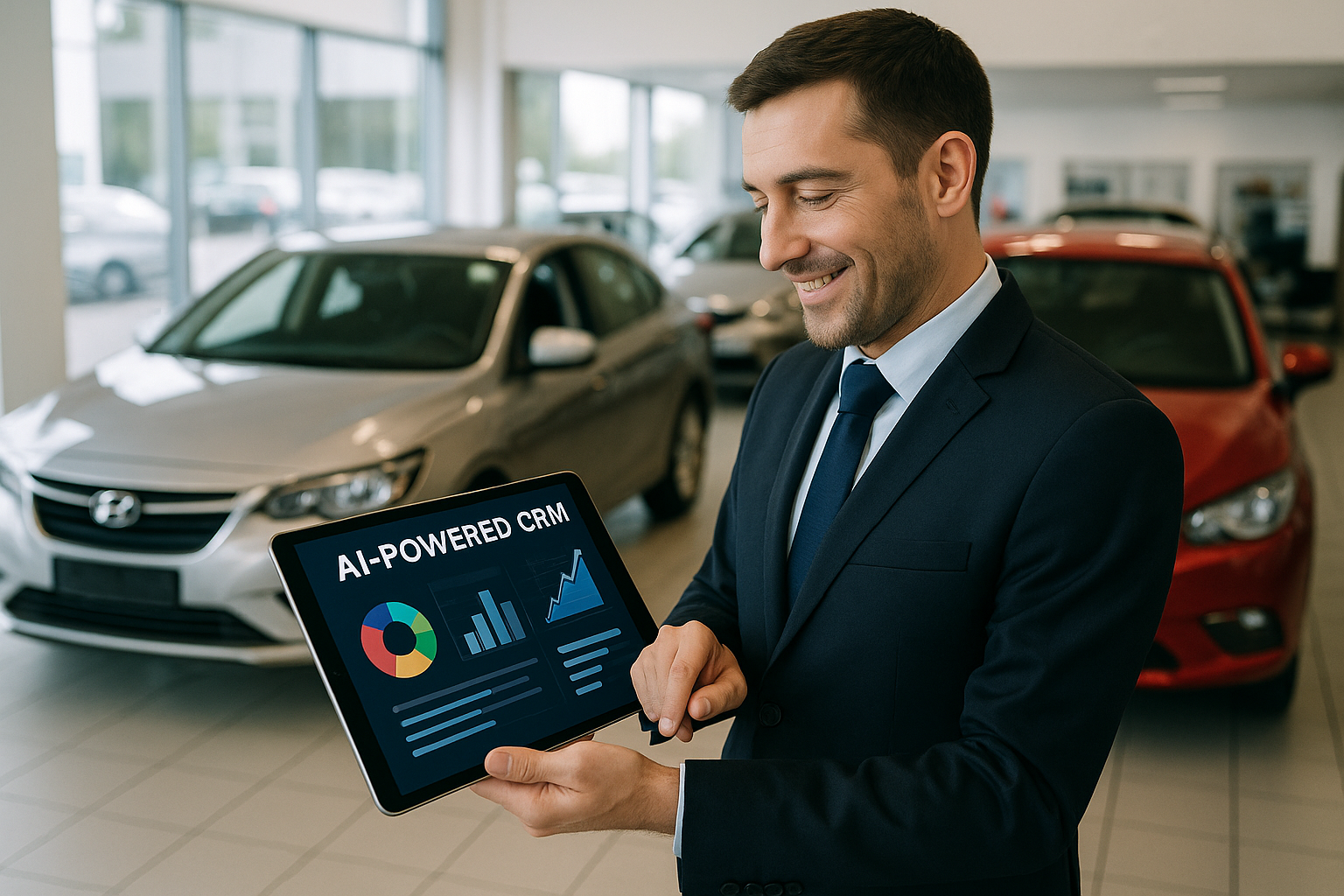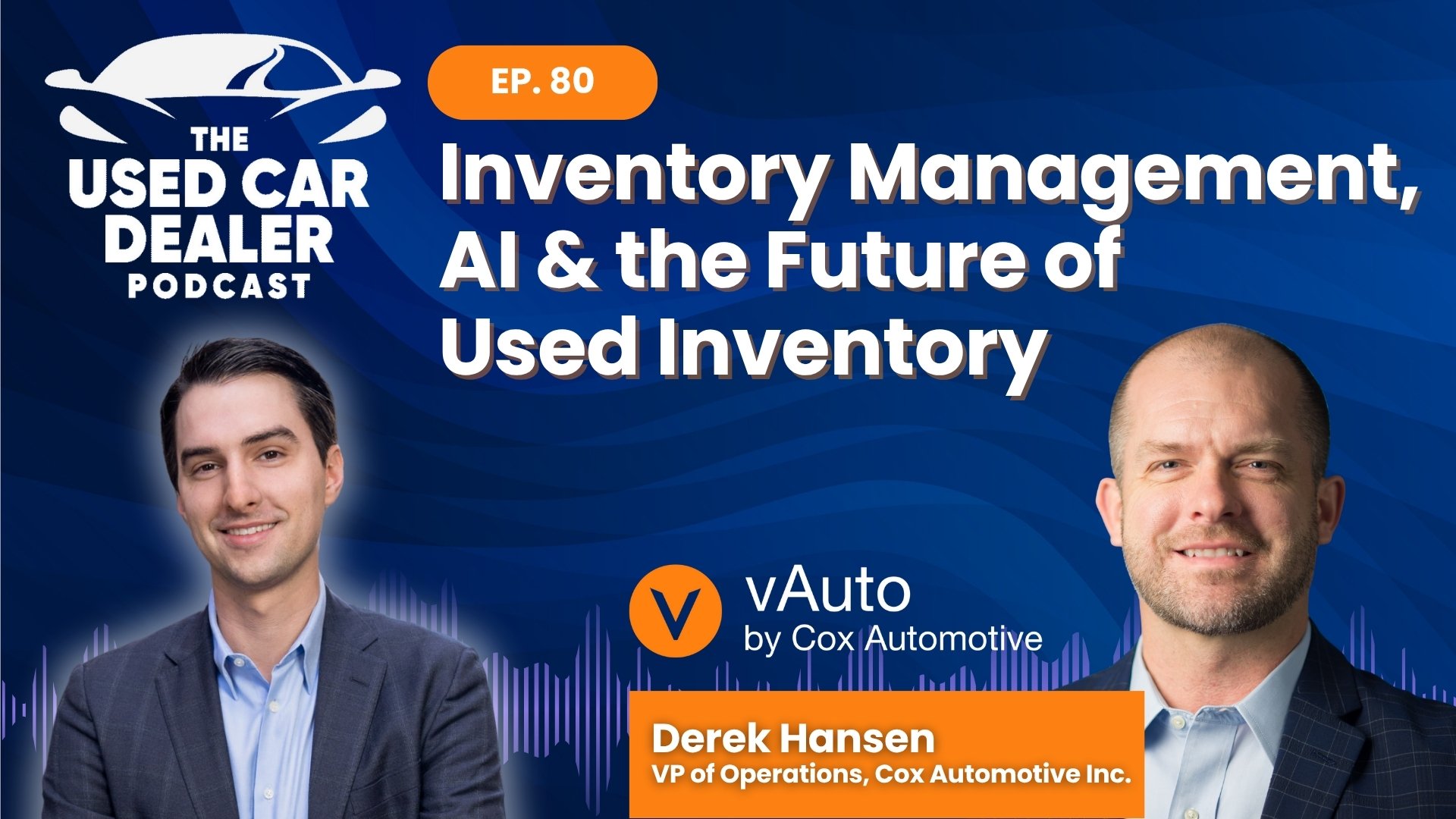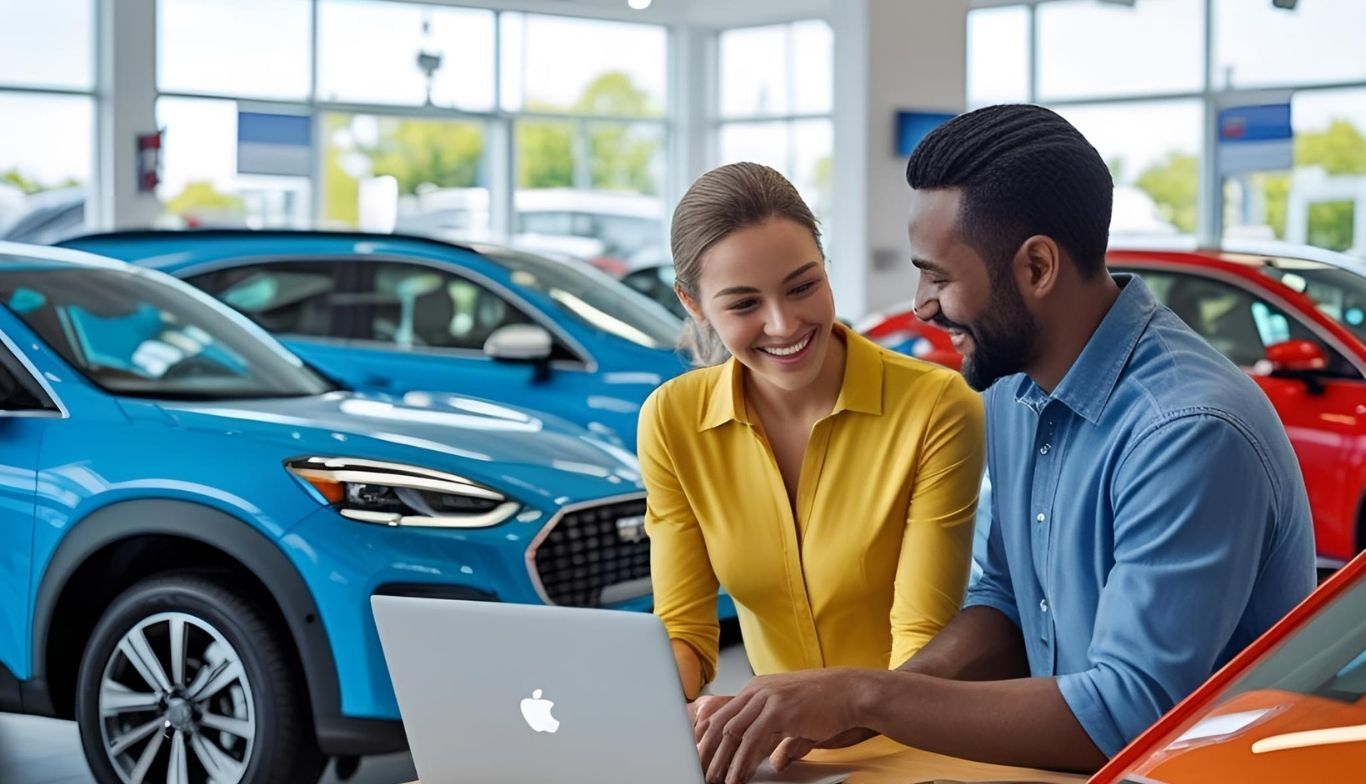In this transcribed episode of the Used Car Dealer Podcast, Zach talks with Mike Hanna, CEO of TrueSpot, an innovative company transforming fixed ops with real-time vehicle and key tracking technology. They discuss how TrueSpot’s solutions minimize wasted time, cut costs, and ultimately enhance the customer experience. From initial challenges and triumphs to upcoming features and the future of location intelligence, Mike offers valuable insights for dealers looking to modernize their service operations.
Zach: Zach here, and welcome to the Used Car Dealer Podcast. Today I’m joined by Mike Hanna, the CEO of TrueSpot, an innovative company revolutionizing fixed ops with real-time location tech for vehicles and keys. Mike, great to have you on the podcast today.
Mike: Hey, Zach, great to be here.
Zach: So, Mike, for those unfamiliar, tell us how TrueSpot got started and what was the aha moment that led to its creation?
Mike: Yeah, great question. So, quick background: I and much of our core team come from telecom and wireless. I’ve worked through 2G, 3G, 4G, 5G, and beyond, implementing location services in iPhones and Android devices. We founded the company in 2016 and started building a consumer experience platform that helped bridge online to on-lot for dealerships. One of our functions was locating cars and keys. Dealers kept telling us, “That’s what we need most—knowing exactly where vehicles and keys are.” After hearing that repeatedly, we realized the biggest need was real-time location solutions for dealer operations. That’s how we shifted TrueSpot’s focus to tracking cars and keys.
Zach: What were the biggest early challenges of bringing real-time location tech into dealer service departments or dealerships in general?
Mike: We faced both technology and operational hurdles. We run our own proprietary radio network, so we had to manage wireless interference, signal strength, and all those RF complexities. On the operational side, it’s a new process—dealers need to figure out who implements it and how it fits their routine. For instance, we first tried to apply our variable ops approach to the fixed ops service drive and realized it didn’t match the fast-paced workflow. Eventually, we developed permanent hang tags to quickly attach to the car and key. That alone solved a big stumbling block in service departments.
Zach: You also work outside automotive—how do other industries compare or differ from dealerships?
Mike: Our location platform, called Accufind, can be deployed in healthcare, airports, construction, manufacturing—really anywhere you need real-time indoor tracking. Regardless of the industry, once you know where your assets are, you can streamline workflows, gain operational insights, and boost efficiency. In auto retail, for example, we can track each step of the reconditioning process or see which tech is working on which car, and correlate that with the RO data. That transforms pure “location” data into valuable business intelligence.
Zach: Let’s talk about Fixed Ops 360. How does it work, and what impact does it have on day-to-day operations in the service department?
Mike: Fixed Ops 360 uses the same core location technology as our “Lot Management 360” for sales, but tailored for service. We figured out how to integrate with the service drive’s quick pace by creating permanent hang tags—no more paper tags. That lets us track cars and keys without slowing the process. Technicians and advisors no longer waste time hunting for vehicles or misplaced keys. We also capture analytics: if a car is “parts waiting,” we can alert the team when parts arrive so it doesn’t get forgotten. You can even notify customers or advisors automatically when a car hits the wash bay. The goal is to reduce friction and make everything more transparent and efficient.
Zach:
Can you share a real-world example of how TrueSpot impacts a dealership’s productivity or CSI?
Mike: One simple ROI is the reduction in lost keys—usually about 95% fewer missing keys. Some dealers lose around 10 keys a month, which might not be permanently gone, but if you can’t find it when you need it for a sale, you have to recut and reprogram. That’s costly. On top of that, employees typically spend 30 to 40 minutes a day locating cars or keys. Cutting that in half means more time for sales calls or customer interactions, which raises CSI. If a customer wants to test-drive a specific VIN, you can pinpoint it instantly, eliminating frustrating delays. We can also do more advanced reporting, like matching online leads to test drives, so it’s a cascading benefit.
Zach: TrueSpot is clearly about efficiency, but it’s also about customer experience. How do you see the role of customer experience evolving in fixed ops over the next few years?
Mike: Efficiency is huge—nobody likes waiting around for their vehicle. Beyond that, we see more “smart” integrations on the horizon, like a Domino’s Pizza tracker for your car. If we provide real-time data to the fixed ops software, you can trigger notifications at each phase of service. For instance, when the car enters the wash bay, you notify the advisor or the customer that it’ll be ready in 10 minutes. Our main aim is to be the enabler by feeding accurate location data into existing dealership systems.
Zach: Looking ahead to 2025, what new features or innovations are you most excited to bring to market?
Mike: We’re always iterating on our private radio network—effectively making us a mini wireless carrier for each dealership campus. We recently had a breakthrough that tripled our data capacity. That might sound geeky, but it means more precise location data and better functionality. We’re also deepening integrations with partners like Reynolds and Reynolds and Keytrack. We want location to be so seamless that it benefits reconditioning, fixed ops, variable ops—everything—so dealerships can fully operationalize real-time tracking.
Zach: Does AI currently play a role in your software or operations?
Mike: Yes, in different ways. We use AI for network optimization—managing how data flows, handling interference, and so on. We also have what we call “location intelligence,” where real-time location triggers workflow automations and insights. Even if it’s not strictly “AI” in every sense, it’s an intelligent system that can proactively prompt actions based on location data, which is a powerful concept.
Zach: As CEO, what’s been the biggest leadership lesson you’ve learned while scaling a tech solution in auto retail?
Mike: Perseverance. You can see the tremendous potential, but you still have to navigate traditional processes, get buy-in, and adapt to an industry that’s not always quick to change. You might fail here and there, but you’ve got to keep pushing. Eventually, you break through and show dealers the tangible benefits.
Zach: Finally, what advice would you give dealers looking to modernize their service departments with technology like yours? Where should they start?
Mike: We’re in the early-adopter phase for real-time location in dealerships, but well past proof-of-concept. Once you implement it fully, it’s like creating a digital twin of your store and the ROI is clear. I believe location is the next “utility”—like the internet was 20 years ago. It simplifies so much across sales, service, reconditioning, and more. So I’d advise dealers to really explore location intelligence; it can be a game changer for workflow and efficiency.
Zach: Awesome, and very well said, Mike. I really appreciate you joining the podcast today. I’ve learned a lot personally.
Mike: Thanks, Zach. I appreciate it. Great to be with you.

.jpg)




.jpg)
.jpg)
.jpg)
.jpg)


.jpg)
.png)
.png)
